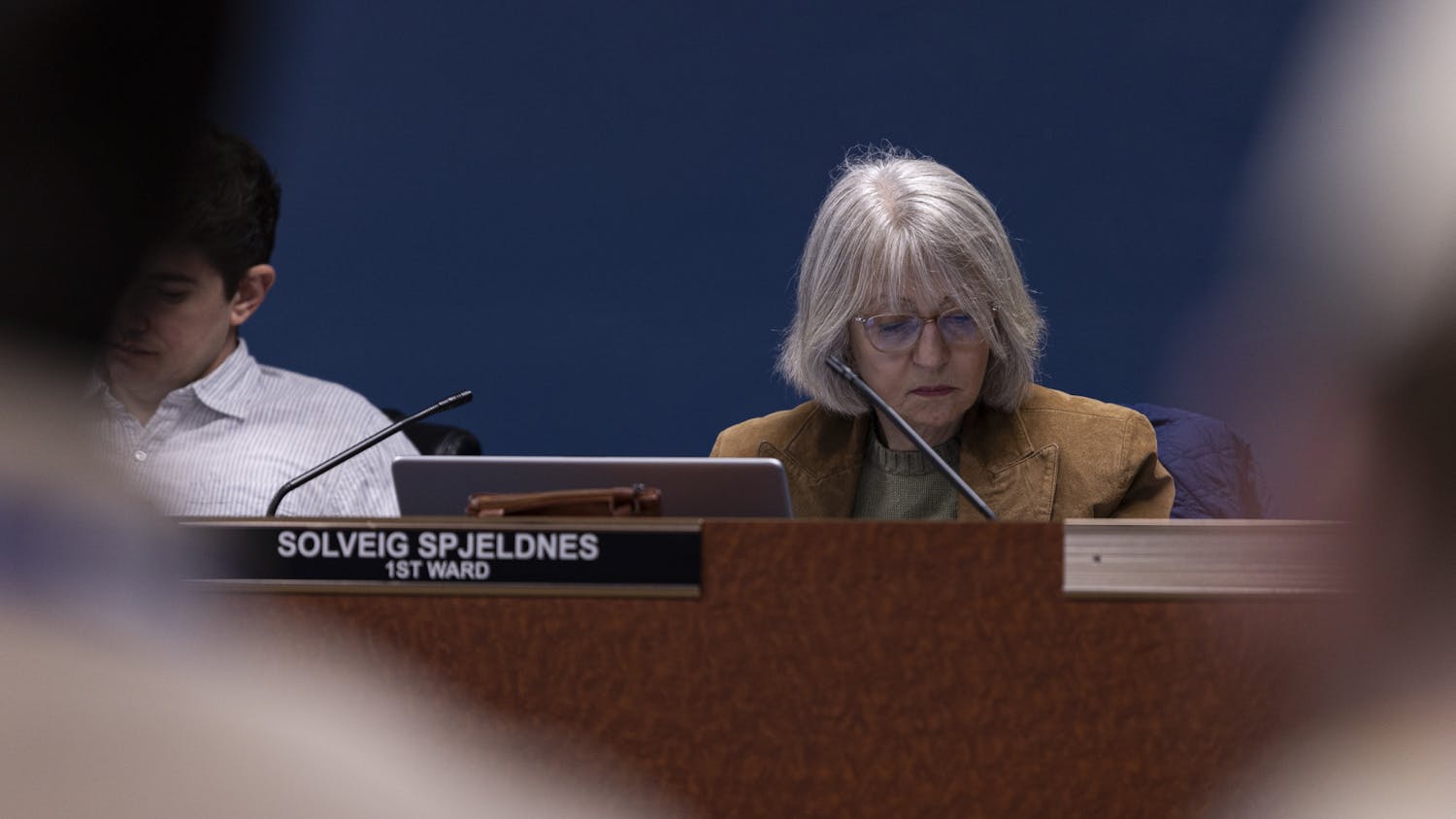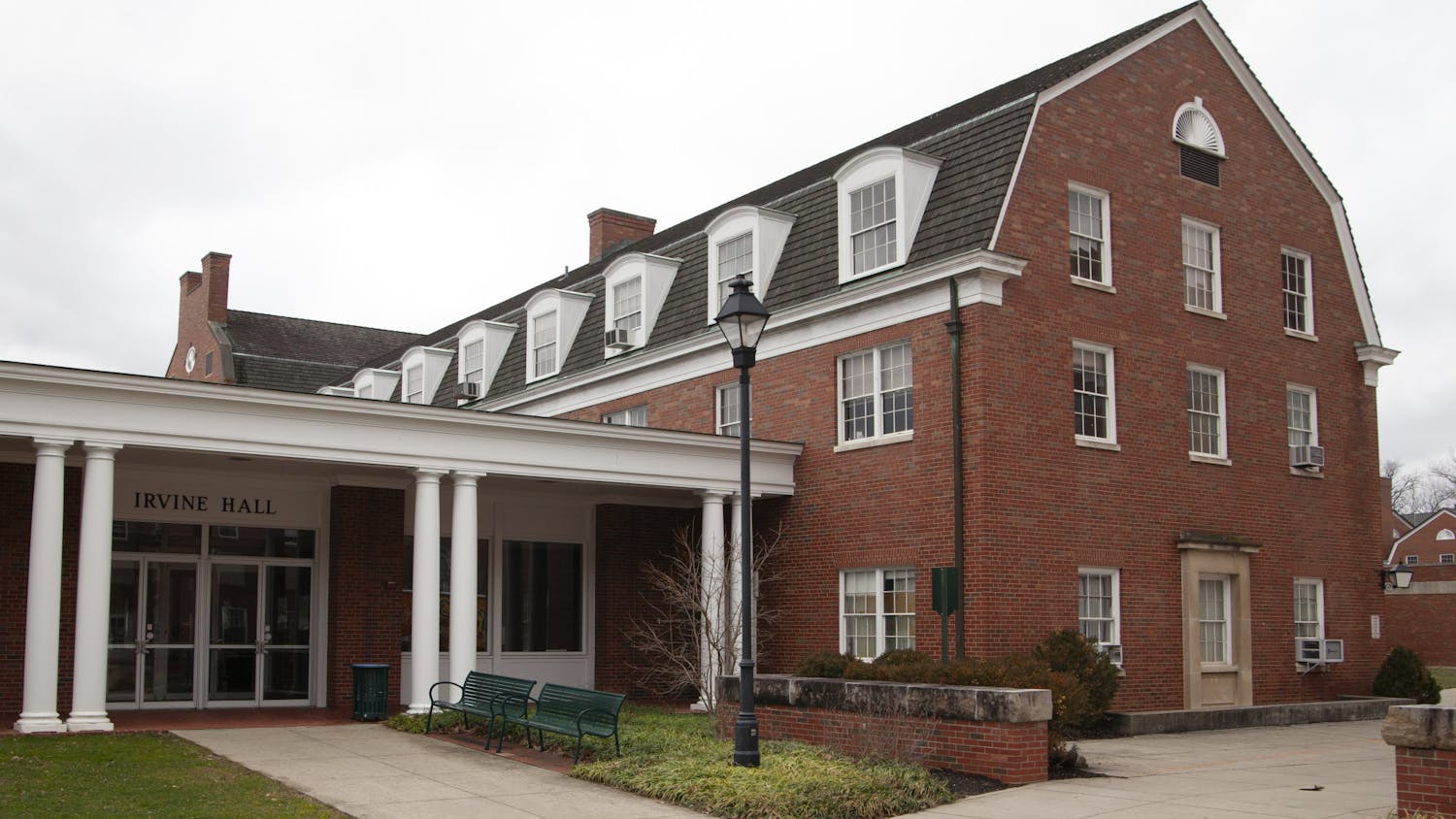The month of October is known to many as LGBTQ+ History Month, dedicated to preserving, recognizing and analyzing the rich history of queer individuals and how it has impacted their experiences in the modern day.
LGBTQ+ History Month was created in 1994 by Rodney Wilson, a high school history teacher in Missouri. October was chosen as the month due to the surrounding commemorations that already existed: National Coming Out Day on Oct. 11 and the anniversary of the National March on Washington for lesbian and gay rights on Oct. 14, 1979.
When individuals may think of a month dedicated to LGBTQ+ experiences, they may think of Pride Month, which occurs in June. However, there are distinct, differing purposes for both of these months. Alyx McLuckie, research and well-being coordinator at OU’s LGBT Center, said these separate months offer unique purposes, shedding light on the queer experience through various lenses.
“I think with Pride Month, there's a lot of focus on taking away the stigma of LGBT and queer identities, and we do a lot of advocacy and history and the reimagining of identities,” McLuckie said. “But where the history month differs is we're looking at a lot of those previous events that have occurred in the past. And what we're seeing is: one, a lot of recognition of this history, and two, a lot of organizations that push for changing of portrayals and advocacy work, whether that's done at the social level, political level or looking at changing policies, legal systems.”
Lynn Caldwell, a master’s student studying applied linguistics, said the significance of the month is that much of the LGBTQ+ community history has often been overlooked, undermined or even erased completely.
“What a lot of people don't also realize is during those moments of book burning, the Nazis also destroyed records from one of the most advanced ... psychological institutions that was based around learning about gender and sex,” Caldwelll said. “They deliberately burnt that to the ground, and we lost centuries worth of research on transitioning, LGBT health and identities. That perpetual destruction, or intentional erasure of history, has led to very negative, very problematic and very oppressive waves within the LGBT community, particularly amongst white, cis and male circles.”
Throughout the month of October, the LGBT Center and LGBTQ+ students organizations have hosted numerous events to celebrate LGBTQ+ History Month. For the remainder of the month, there will be several more events, including a SafeZone series about asexual and aromatic identities.
McLuckie said these events are foundational because they are not only educational, but they are representative of the progress for queer people, as they are hosted by queer students and allies themselves.
“I think a lot of what I'm really excited about is ... being able to experience and see the change in education,” McLuckie said. “When I grew up, I never got to see a lot of these kinds of SafeZone training or historical presentations. I also really enjoy this because what we're seeing in a lot of these events is they're hosted by a variety of students and student organizations and people who are really passionate about what they're doing.”
Alongside the various informative and social events, the LGBT Center showcased the Tom and Jan Hodson Support Fund, which aims to assist LGBTQ+ students who are experiencing financial difficulties. The fund began in 2013 and is being shared specifically this month to raise awareness about LGBTQ+ history and the present-day individuals who are encountering hardships.
Micah McCarey, director of the LGBT Center, said this fundraiser underscores the humanity and selflessness of the donors.
“The funds help students in whatever ways they need given the nature of the situation,” McCarey said. “And it's incredible that we have donors who are willing to make those kinds of contributions.”
Mia Walsh, a sophomore studying journalism, said the various events and overall education surrounding the month are important as the information is beneficial to all — even to individuals who may feel as though they are already informed.
“It's important to know LGBT history because that gives you so much more of a sense about LGBTQ culture and identities as they are today,” Walsh said. “I know myself: I like to consider myself very well-versed in LGBTQ history, but I picked up a book called Stone Butch Blues, and it's about the LGBTQ community before Stonewall, and I'm learning so much. And so I just think it's important because no matter how much you think you know, the LGBTQ community is hundreds of years old. Our history didn't start in 1960. We've been around forever, and so there's always something you can learn.”
Through gaining these perspectives, Caldwell said individuals can recognize the diverse and intersectional aspects of the LGBTQ+ community that has existed for many years.
“Within our history, we realize that LGBT history is inherently intersectional,” Caldwell said. “It is not white, it is not able-bodied, it is not strictly male and it is not strictly female. LGBT history is full of sex workers, it is full of indigenous people, it is full of people of color, it is full of impoverished people, it is full of disabled people. And without honoring, recognizing and learning about that history, we lose track of not only where we came from, but the pillars, the foundational elements that bring us together. We lose those elements of social organization, of morality and justice. We lose track of what our goals are.”
By continuing to recognize and celebrate LGBTQ+ history, Caldwell stressed that the members of the community can learn more about where they came from and how they can continue to progress forward.
“By celebrating our history, reminding ourselves of where we came from and being very intentional in looking deeper into the history of the LGBTQIA+ community, we learn so much more about who we are,” Caldwell said. “And I think that, at its core, is why — yes, it is important to celebrate Pride, but it is also important to reflect on our history and to keep that history alive and well remembered.”






